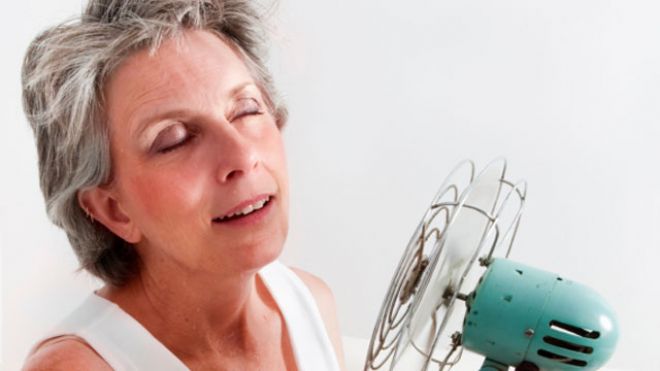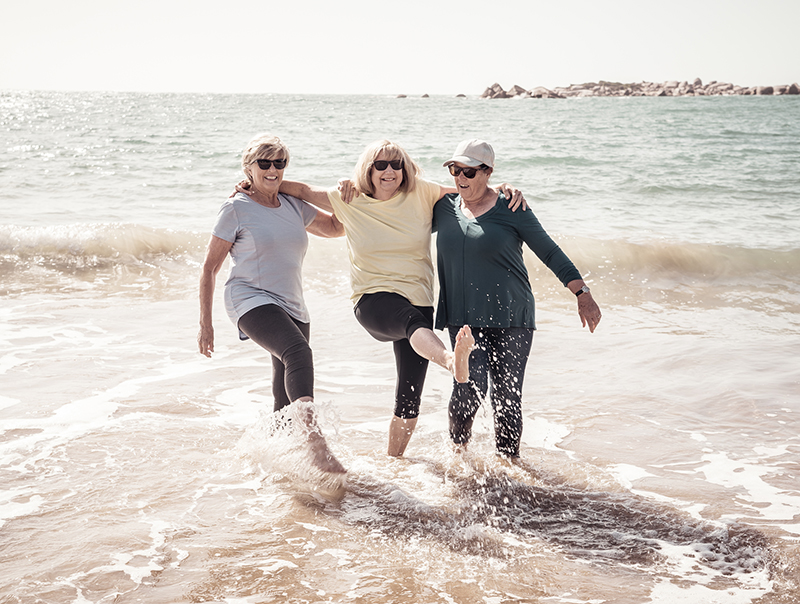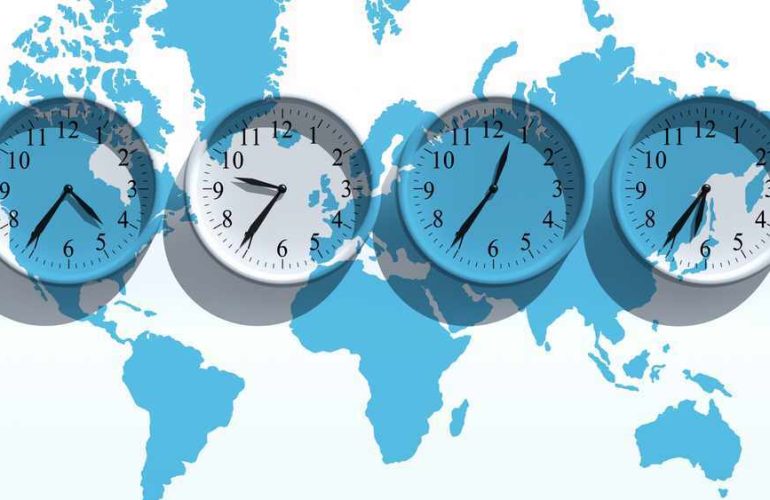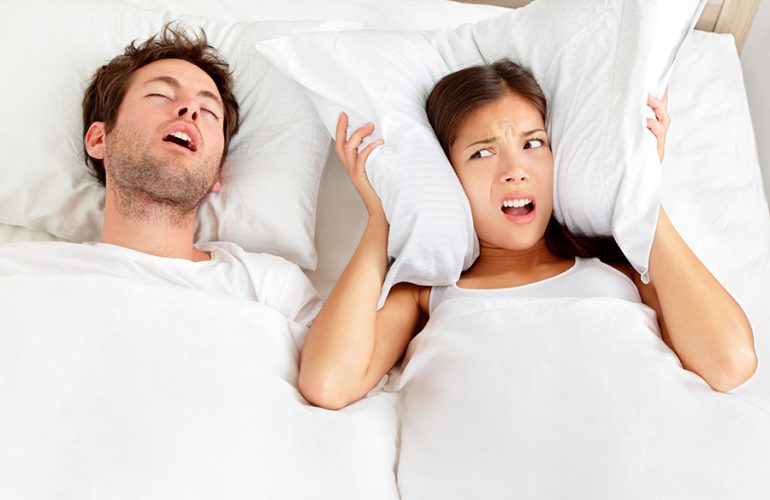[seasidetms_row data_width=”boxed” data_padding_left=”3″ data_padding_right=”3″ data_top_style=”default” data_bot_style=”default” data_color=”default” data_bg_position=”top center” data_bg_repeat=”no-repeat” data_bg_attachment=”scroll” data_bg_size=”cover” data_bg_parallax_ratio=”0.5″ data_padding_top=”0″ data_padding_bottom=”50″ data_padding_top_large=”0″ data_padding_bottom_large=”0″ data_padding_top_laptop=”0″ data_padding_bottom_laptop=”0″ data_padding_top_tablet=”0″ data_padding_bottom_tablet=”0″ data_padding_top_mobile_h=”0″ data_padding_bottom_mobile_h=”0″ data_padding_top_mobile_v=”0″ data_padding_bottom_mobile_v=”0″ data_shortcode_id=”uepb5je69g”][seasidetms_column data_width=”1/1″ data_border_style=”default” data_animation_delay=”0″ data_bg_position=”top center” data_bg_repeat=”no-repeat” data_bg_attachment=”scroll” data_bg_size=”cover” data_shortcode_id=”fdyevwz7l4″][seasidetms_image shortcode_id=”c6qyhu823n” align=”center” animation_delay=”0″]5296|https://sweetsleepstudio.com/wp-content/uploads/2019/09/meno1.png|full[/seasidetms_image][/seasidetms_column][/seasidetms_row][seasidetms_row data_width=”boxed” data_padding_left=”3″ data_padding_right=”3″ data_top_style=”default” data_bot_style=”default” data_color=”default” data_bg_position=”top center” data_bg_repeat=”no-repeat” data_bg_attachment=”scroll” data_bg_size=”cover” data_bg_parallax_ratio=”0.5″ data_padding_top=”0″ data_padding_bottom=”50″ data_padding_top_large=”0″ data_padding_bottom_large=”0″ data_padding_top_laptop=”0″ data_padding_bottom_laptop=”0″ data_padding_top_tablet=”0″ data_padding_bottom_tablet=”0″ data_padding_top_mobile_h=”0″ data_padding_bottom_mobile_h=”0″ data_padding_top_mobile_v=”0″ data_padding_bottom_mobile_v=”0″ data_shortcode_id=”rumcucxjrt”][seasidetms_column data_width=”1/1″ data_border_style=”default” data_animation_delay=”0″ data_shortcode_id=”3aiatifzl3″][seasidetms_text shortcode_id=”b6jdom5p6a” animation_delay=”0″]
September is Menopause Awareness Month. On average, women enter menopause around 51 years old. During the transition a women can encounter a multitude of different symptoms such as hot flashes, headaches, fatigue, or even mood swings. These effects don’t bother women only during the day – they can be equally challenging in the evening and negatively affect the quality of sleep you are getting.
Menopause is a time of major hormonal, physical and psychological change for women although menopausal symptoms vary from woman to woman. During the perimenopause or transition phase, a woman’s ovaries gradually (over several years) decrease production of estrogen and progesterone. If a woman has her ovaries surgically removed, periods end abruptly and menopausal symptoms become more severe.
One year after menstrual periods have stopped, a woman reaches menopause, on average around the age of 50. From peri-menopause to post-menopause, women report the most sleeping problems. Most notably, these include hot flashes, mood disorders, insomnia and sleep-disordered breathing. Sleep problems are often accompanied by depression and anxiety.
Generally, post-menopausal women are less satisfied with their sleep and as many as 61% report insomnia symptoms. Snoring has also been found to be more common and severe in post-menopausal women. Snoring, along with pauses or gasps in breathing are signs of a more serious sleep disorder, obstructive sleep apnea (OSA).
Changing and decreasing levels of estrogen cause many menopausal symptoms including hot flashes, which are unexpected feelings of heat all over the body accompanied by sweating. They usually begin around the face and spread to the chest affecting 75-85% of women around menopause.
Prior to the hot flash, body temperature rises accompanied by an awakening. Hot flashes last on average three minutes leading to less sleep efficiency. Most women experience these for one year, but about 25% have hot flashes for five years. While total sleep time may not suffer, sleep quality does. Hot flashes may interrupt sleep and frequent awakenings cause next-day fatigue.
Treatment
Treatment with estrogen or with estrogen and progesterone has been found to help relieve menopausal symptoms. The effects of HRT and ERT vary among women depending on the form taken (pill, patch, gel, cream or injection) and the number of years used.
 Recent large-scale U.S. government funded studies, the Women’s Health Initiative, were stopped due to safety concerns since it was found that taking HRT may put women at risk for cardiovascular disease and dementia. For those taking HRT to reduce menopausal symptoms, it is recommended that HRT be prescribed at the lowest effective dose and used only for brief periods, not long-term.
Recent large-scale U.S. government funded studies, the Women’s Health Initiative, were stopped due to safety concerns since it was found that taking HRT may put women at risk for cardiovascular disease and dementia. For those taking HRT to reduce menopausal symptoms, it is recommended that HRT be prescribed at the lowest effective dose and used only for brief periods, not long-term.
It is recommended you talk to your physician about your symptoms, the risks and benefits of HRT and alternative approaches for managing menopausal symptoms, including sleep.
There are alternative approaches for managing menopausal symptoms which may work for you. These include nutritional products and medications such as calcium supplements, vitamin D, and bisphosphonates for the prevention or treatment of osteoporosis (thinning and weakening of the bones); estrogen creams and rings for vaginal dryness; and sleep-promoting drugs for insomnia. All forms of estrogen that enter the blood stream reduce hot flashes.
An alternative treatment for menopausal symptoms may come from soy products (tofu, soybeans, and soymilk). They contain phytoestrogen, a plant hormone similar to estrogen. Soy products may lessen hot flashes, but there are no consistent results for its ability to relieve them. Furthermore, they can have gastrointestinal side effects. Just because it is a natural product does not necessarily mean it is safer to use than other treatments.
Phytoestrogens are also available in over-the-counter nutritional supplements (ginseng, extract of red clover, black cohosh). These supplements are not regulated by the Food and Drug Administration (FDA); their proper doses, safety, long-terms effects and risks are not yet known.
Deciding what, if any, product to use and, if so, for how long, are questions a woman should discuss with her doctor. The answer will depend on personal and family medical history.
Coping
- Eat healthy. Avoid large meals, especially before bedtime. Maintain a regular, normal weight. Some foods that are spicy or acidic may trigger hot flashes. Try foods rich in soy as they might minimize hot flashes.
- Avoid nicotine, caffeine and alcohol, especially before bedtime.
- Dress in lightweight clothes to improve sleep efficiency. Avoid heavy, insulating blankets and consider using a fan or air conditioning to cool the air and increase circulation.
- Reduce stress and worry as much as possible. Try relaxation techniques, massage and exercise. Talk to a behavioral health professional if you are depressed, anxious or having problems.
Are you sleeping easy or counting sheep?
We all need sleep. The optimum amount for a healthy adult is deemed to be around seven hours. Insufficient sleep has been shown to have later detrimental effects on things like our mental health, heart health, cognitive functions and even risk of osteoporosis.
Further, too much sleep, (more than 8 hours), can be associated with increased risk of cardiovascular disease though cause and effect are unclear; prolonged sleep may be a marker for underlying disease.
The best kind of sleep is non-REM (rapid eye movement), which consists of three separate stages (1, 2 and 3), which follow in order, upwards and downwards as your sleep cycle progresses. Stage 3 is said to be the best kind. This is a deep sleep where we are essentially cut off from the outside world and unaware of any sounds or other stimuli. This usually occurs during the first half of the night and is where our brain activity, breathing, heart rate and blood pressure are all at their lowest levels. It’s the time when we are most likely to dream too.
Your sleep can influence and be influenced by your health and other health conditions as you move through menopause.
Here are a few tips that might encourage a more restful night sleep.
- Avoid spicy foods. Hot flashes are notorious for making it difficult to get a good night of rest, so avoid things such as spicy foods or large meals before bed.
- Create a schedule and avoid naps. Establishing a schedule will make it easier to fall asleep the same time every night, and napping could make it harder to get to sleep.
- Create a controlled sleeping environment. Your bedroom should be cool and dark to promote the bed sleep possible, invest in a fan or sleep mask if necessary.
- Don’t exercise before bed. It is however important to maintain a healthy lifestyle through exercise, but try and get your workout in earlier in the day.
- Cut back on alcohol, caffeine, and tobacco. Limiting the amount of alcohol and caffeine you consume during the day could drastically alter the quality of sleep you are getting. Same with tobacco try and moderate the amount to maintain a healthy lifestyle.
Women are under-diagnosed for sleep apnea across the country and World. To improve your sleep and your life, call Sweet Sleep Studio sleep specialist Abid Bhat MD, MBA at 913-309-5963 today! Proper diagnosis and treatment can make you more successful at home, at work or wherever your life’s focus is.
[/seasidetms_text][/seasidetms_column][/seasidetms_row]




